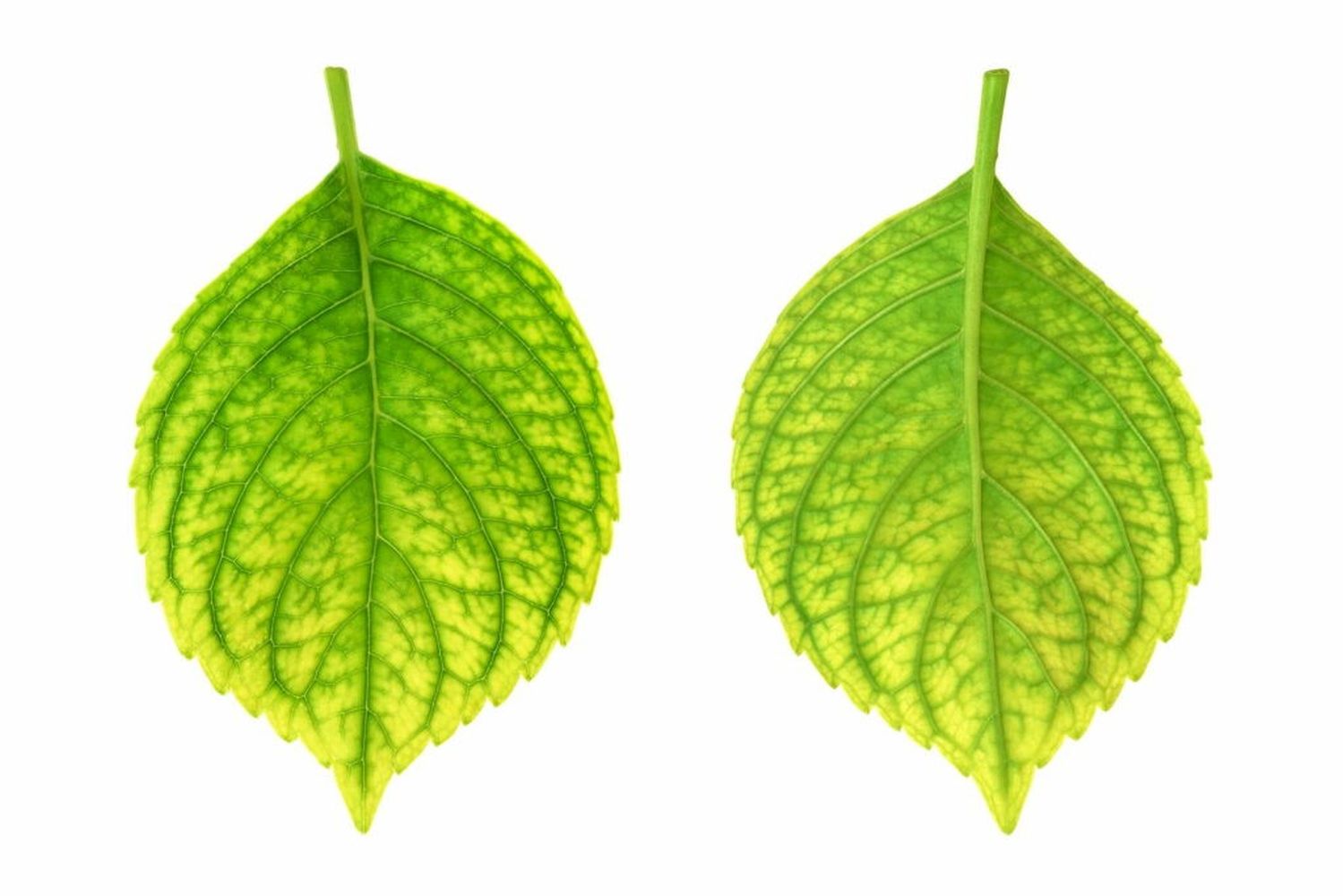10 Easy Facts About Hydrangea Leaves Turning Yellow Explained
Hydrangea Leaves Turning Yellow Fundamentals Explained
Table of ContentsThings about Hydrangea Leaves Turning YellowThe 5-Second Trick For Hydrangea Leaves Turning YellowOur Hydrangea Leaves Turning Yellow PDFsThe Ultimate Guide To Hydrangea Leaves Turning YellowGetting My Hydrangea Leaves Turning Yellow To WorkHow Hydrangea Leaves Turning Yellow can Save You Time, Stress, and Money.
The container ought to be huge sufficient so the plant can expand and get all of the water and nutrients it requires. Panicles love the complete sun.
Decorative lawn, Rose of Sharon, or Holly shrubs are just a few concepts of plants you can utilize to block the wind. If you require to transplant, locate a spot in your yard that is well safeguarded from sunlight and wind. Hair transplanting is finest performed in the loss or the spring.
Hydrangea Leaves Turning Yellow - The Facts
Every one of the above situations might occur to any kind of garden enthusiast. Fortunately for everyone, hydrangeas are really resistant, and will certainly more than likely recover very rapidly with a little love and care. The plants place is the most important element when it involves obtaining established and appropriate development. With a little planning on growing location and proper maintenance, you'll be able to guarantee your hydrangeas! (Hydrangea Leaves Turning Yellow).
So, if Hydrangea leaves turn yellow and falls off later on, it's usually as a result of overwatering, as the plant can not uptake water and sheds the leaves to remove transpiration. Following this, Hydrangea leaves begin to droop and shrivel. Given that both conditions can develop yellow leaves, you need to detect the difference between the overwatered and underwatered plant.
You can rescue the plant from yellow leaves by using it the appropriate light and positioning. If your plant gets yellow fallen leaves, move it to a dark area.
Facts About Hydrangea Leaves Turning Yellow Revealed
Keep in mind, Hydrangeas are just frost tolerant in autumn and winter season as they go inactive, and temperature level modifications can create yellowing leaves and brownish spots. If it gets also cozy, the edges of the leaves end up being yellow, transform brown and establish a crunchy appearance. Relocate your potted Hydrangeas away from drafty north-facing home windows in the winter.
Hefty soil can easily block the oxygen supply to the roots and cut the connection with the upper components of the plant (leaves). Hydrangea leaves transform their shade if they discover minor hassles in the soil make-up. This problem can trigger the Hydrangea entrusts to turn yellow, suffer from leaf decreases, and make a saggy plant compatible overwatering.
But, yellow leaves in Hydrangeas are the first signs home of disease invasion, typically adhered to by black spots, browning, drops, and wilting. Separate the diseased or pest-infested plant from the healthy and balanced plants to avoid illness spread. If it is a garden plant, get rid of all the infected fallen leaves using sanitized tools and tidy up all the particles.
Our Hydrangea Leaves Turning Yellow PDFs
So, cutting off aids Hydrangea color unnecessary weight and coverage, allowing the growth of new fallen leaves. The most effective time to prune Hydrangeas is springtime when the plant prepares to sprout foliage for the following season. Examine for invested or unhealthy leaves and reduce the base of a stalk that joins the leaves and stem.
Stay clear of cutting healthy or environment-friendly leaves, and do not get rid of greater than 25% of the plant's vegetation. Gather the discarded entrusts to shed or compost them. The main factor behind the red leaves in Hydrangea is inadequate soil or ecological conditions. If Hydrangea fallen leaves have a white grainy substance on them, it suggests Powdery Mold infection.
Repot the plant each year in spring or every 2 years if the development rate is sluggish.
Getting My Hydrangea Leaves Turning Yellow To Work
There are 6 major reasons why this may occur:: The plant does not obtain adequate sunlight.: The roots are either also damp or too dry.: The plant is too cold.: The soil is not acidic or alkaline enough for the hydrangea.: The plant isn't getting the ideal nutrients it requires to remain healthy and balanced.
Each factor impacts the plant in a method that can be taken care of if we comprehend exactly how to care for hydrangeas the best way. When we talk concerning insufficient light for hydrangeas, we indicate that the plant isn't obtaining sufficient sunlight.
Without adequate sunshine, the fallen leaves can transform yellow, the plant can end up being weak, and it might create less blossoms. To make certain a hydrangea gets adequate light, it must be put in a spot where it can click to read enjoy the morning light and be protected from the intense afternoon sun. Overwatering check over here is when a hydrangea plant gets more water than it requires.
Some Of Hydrangea Leaves Turning Yellow
Yellow leaves may be a sign that the plant is getting too much water. On the various other hand, dehydration takes place when the plant does not get sufficient water.

It is necessary to understand that this kind of yellowing is various from the yellowing brought on by issues like as well much water or otherwise sufficient light. If the yellow leaves are primarily at the bottom of the plant and the remainder of the plant looks healthy and balanced, it might simply suggest that the leaves are merely getting old.